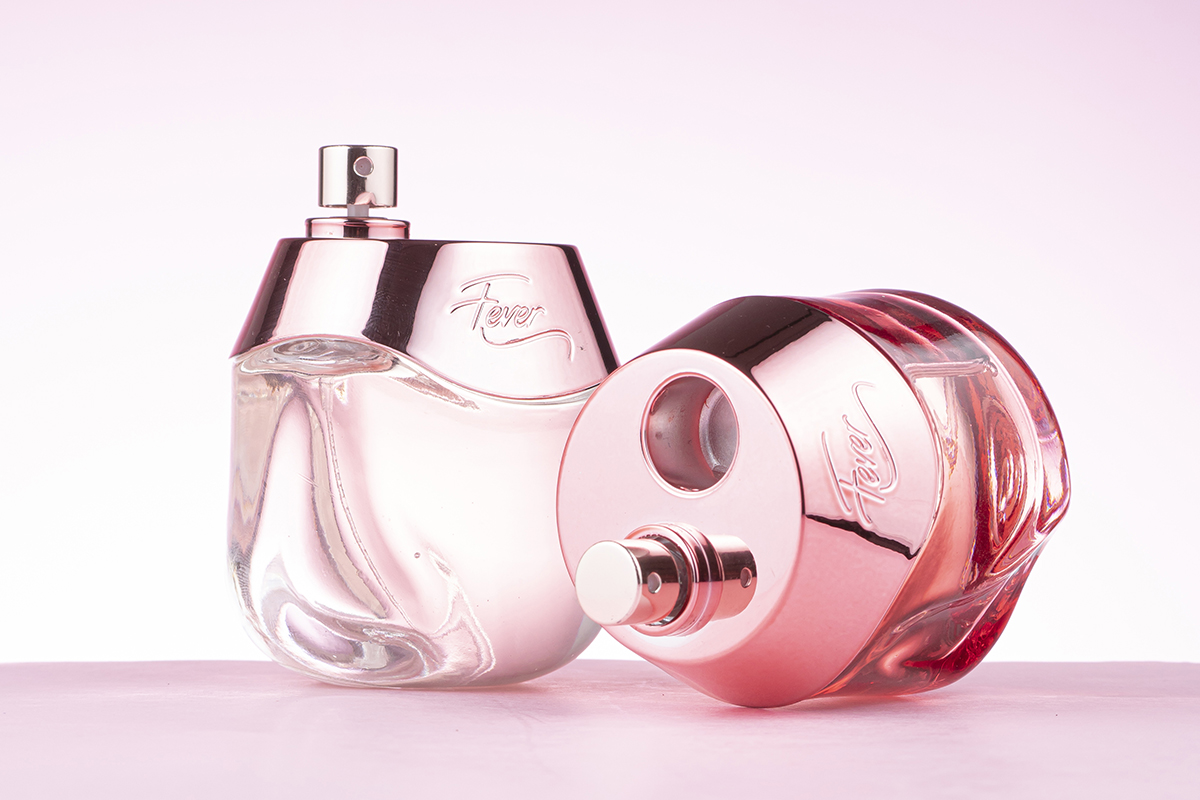The Problem Solver
With his Tamron 28-75mm F2.8 G2 and 70-300mm zoom lenses, Eduardo Montepeque wrangles all the elements in his frame into eye-catching food and product images.
Share the article:
More Photo Tips | Video Gallery | Photo Gallery | Enewsletter sign-up
By Jenn Gidman
Images by Eduardo Montepeque
When Eduardo Montepeque was a boy growing up in Guatemala, he watched in fascination as his father took photos of the locals, especially during the street processions that took place during the Holy Week leading up to Easter. When Eduardo was 14, he started sneaking his dad’s camera out of the house to experiment with picture-taking himself. “My dad used to try to hide his camera from me, but I always found it,” he says.
Today, Eduardo is based in the Guatemalan city of Antigua, where he shoots everything from wedding, lifestyle, and portrait photos to commercial, food and product photography using Tamron lenses. He also serves as a Tamron ambassador for Guatemala, with a photographic style he considers to be a blend of the traditional and contemporary. “I draw inspiration from classical painters like Rembrandt and modern photographers like Annie Leibovitz,” he says. “The most important thing, however, is that I want the viewer to experience the details in my images—I want them to be able to feel like they can actually reach out and touch the glass or perfume bottle in front of them.”
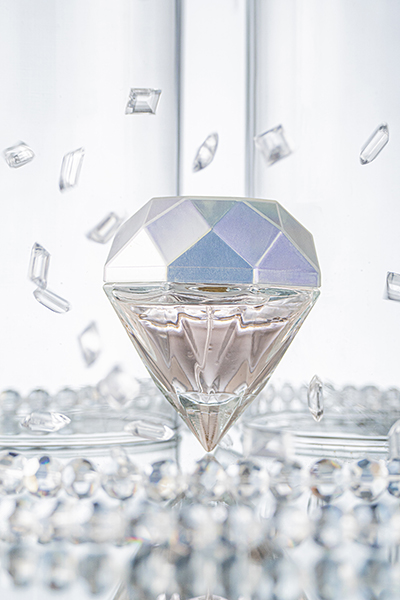
70-300mm (135mm) F7.1, 1/1250 sec, ISO 500
Click image to view larger
When Eduardo switched over to a Sony mirrorless camera system, his search began in earnest for Tamron lenses that would offer him the fast focusing he needed, at an affordable price point. He found just that in the Tamron 28-75mm F/2.8 Di III VXD G2 zoom and 70-300mm Di III RXD telephoto lenses. “I’m so impressed with the versatility and sharpness of these two lenses, and how lightweight and compact they both are,” he says. “I’ve also started experimenting with the Tamron 35mm F/2.8 Di III OSD M1:2 prime for my food and product photography and am excited to see what photos I can achieve with that Tamron lens.”
Eduardo considers himself a problem-solver, with no challenge that’s too daunting. “I once had an assignment where a client wanted me to climb a volcano for a sunrise photo shoot,” he says. “My knee was busted and the climb was difficult—it took nearly eight hours there and back. I couldn’t walk by the time we got back to base camp, but we did the shoot!”
EDUARDO’S QUICK TIPS
Use lighting to create ambiance.
One of our jobs as photographers is to create atmosphere, but that atmosphere often depends on the client’s desires. If the client wants more low-key photos, then I don’t use powerful lighting. But in general, my formula involves using a key light on my subject, then a fill light for shadows, and finally, a rim light, to separate my subject from the background. I don’t use the rim light all the time, but when I do, it’s usually very subtle.
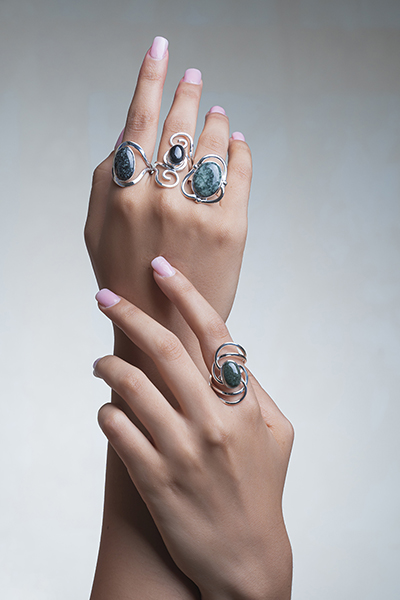
28-75mm (55mm), F9, 1/160 sec., ISO 200
Click image to view larger
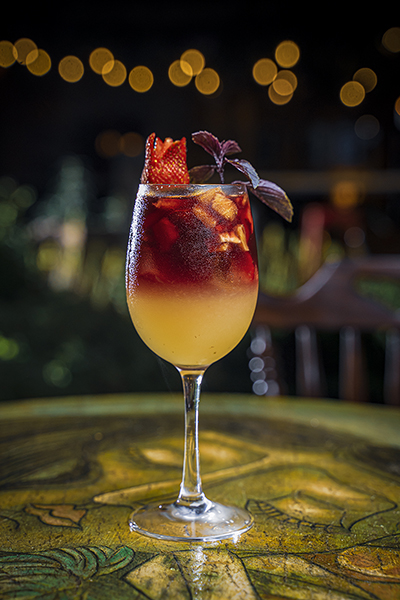
28-75mm (60mm), F4.5, 1/250 sec., ISO 640
Click image to view larger
Select an appropriate background.
Client preferences, and the product or food item’s color palette, are typically the main drivers for how I decide what I’m going to photograph against. I often gravitate toward clean, neutral backgrounds that adhere to a product’s palette, as you can see here with the Fever perfume photo.
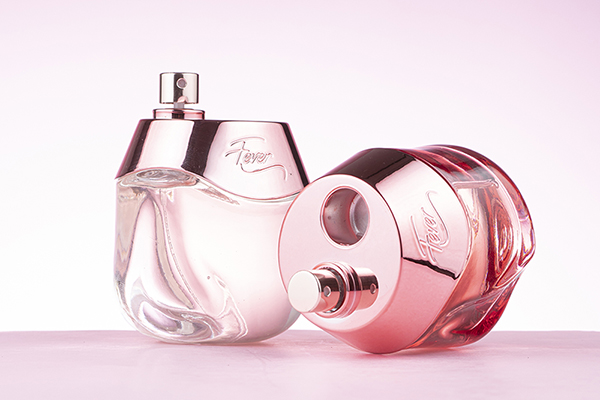
70-300mm (90mm) F11, 1/100 sec, ISO 160
Click image to view larger
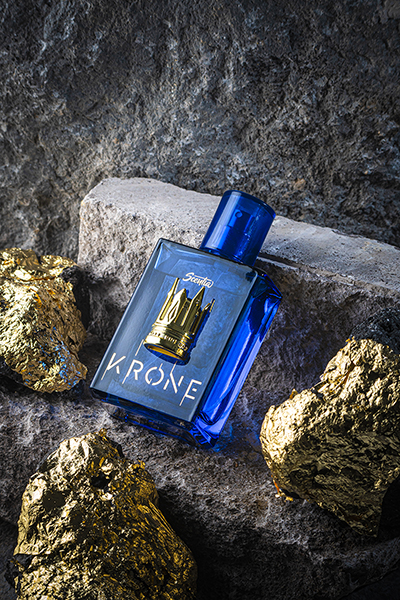
70-300mm (96mm) F11, 1/160 sec, ISO 250
Click image to view larger
Other times, however, the customer may want to show off something you wouldn’t expect. For instance, a client wanted me to take pictures of his whiskey bottles. But he was also very proud of the bar he’d built—he invested a lot of money in the wood used to build it, and he wanted the viewer to see it. By using an aperture of F8 or F11, you can control the depth-of-field to ensure the focus remains on the product you’re shooting, while still highlighting the product’s surroundings.
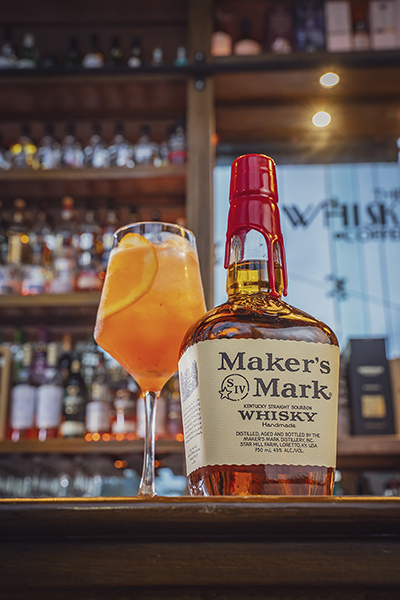
28-75mm (47mm), F8, 0.4 sec., ISO 400
Click image to view larger
Let what you’re photographing dictate the perspective.
This is especially true for food and product photography. I like to think of myself as a problem solver, someone who puts together the puzzle of all of the elements in front of my camera. And the puzzle I’m often trying to put together is how to adjust my angle to emphasize the product or food item’s best, most aesthetically appealing features using Tamron lenses.
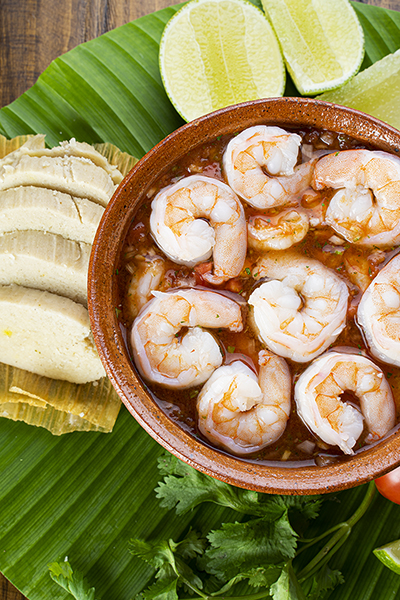
28-75mm (75mm), F16, 1/100 sec., ISO 160
Click image to view larger
For instance, if I’m photographing something that’s more one-dimensional, like a bowl of soup, a top-down view will highlight it best. If I’m photographing a layer cake, I’ll want to shoot it straight on from the side so that you can see all of those beautiful layers. And if I’m taking a picture of a stacked cheeseburger, I might also want to shoot it from the side, but also a little bit upward, to make the burger larger than life, with all of the meat and cheese and toppings spilling out of it. Your subject’s shape, volume, and aesthetic appeal are all going to come into play in how you set up the shot.
To see more of Eduardo Montepeque’s work, check out his Instagram.
Is your Tamron News subscription up to date? Click to subscribe to all editions of Tamron News featuring how-to tips, new product news, contest announcements and inspiration!
More Photo Tips | Watch Videos | Learn More About Tamron Lenses | Photo Gallery
